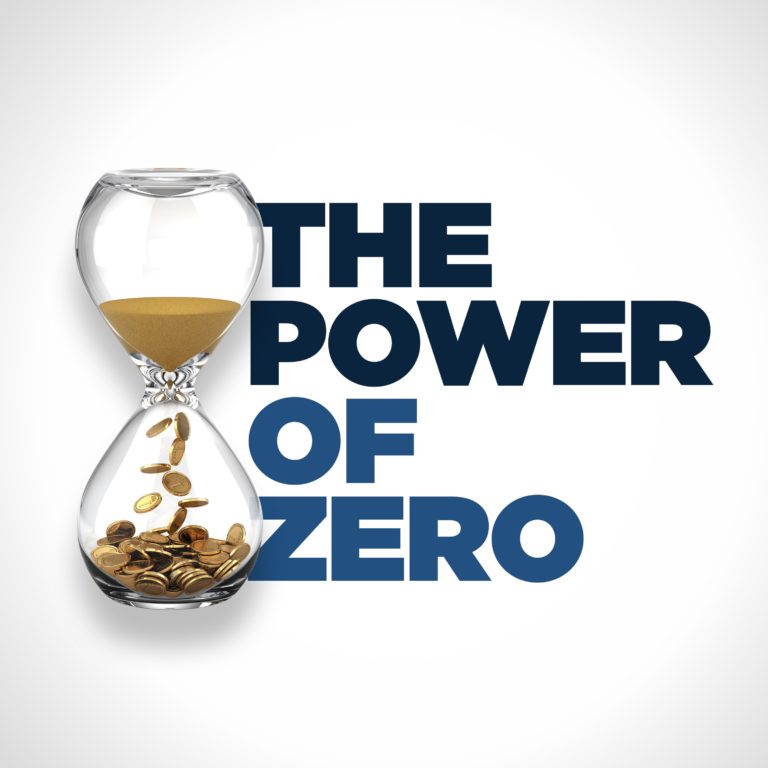In May 2021, David recorded a podcast that focused on the Secure Act 2.0, the follow-up to the Secure Act that completely killed the stretch IRA and the stretch Roth IRA. Today’s episode looks at the big surprise that has surfaced in the latest updated iteration of the Secure Act 2.0 that’s currently gaining steam in Congress.
In last year’s podcast episode, David outlined six major changes to retirement planning that this law is proposing.
According to David, the one thing that the previous version of the Secure Act 2.0 did not address was what happens if a beneficiary inherits a retirement account where the original account holder had already begun to receive required minimum distribution. This is something that wasn’t sitting well with the financial planning community.
David explains how things are different with the latest piece of legislation, as it spells it all out perfectly the two crucial criteria that are connected to how and whether the 10-year rule of the Secure Act 2.0 applies or not.
The first crucial criteria is whether or not the original IRA account holder died before their required beginning day. The second is whether they had begun receiving minimum distributions, and secondly, whether the beneficiary is eligible.
There are different people who could potentially qualify as an eligible designated beneficiary (or EDB): a surviving spouse, a minor child, a disabled person, a chronically-ill person, and a person not more than 10 years younger than the account holder.
David discusses the fact that, if you’re an eligible designated beneficiary of an IRA, the 10-year distribution rule doesn’t apply to you. You get to continue to receive RMDs from the account based on your life expectancy.
There are a couple of possibilities if you happen not to be an EDB and you inherit an IRA. In the case of a beneficiary who inherited an IRA from someone who had not yet reached the required beginning date for that person, the 10-year rule applies. You’ll have to withdraw 100% of that IRA within 10 years from the death of the account holder. If you’re not an EDB and the person from whom you inherited the IRA had already begun to take their RMDs, then you would have to take RMDs based on your life expectancy and completely withdraw all the money within that 10-year period.
Then, there’s the scenario in which you aren’t an EDB and you inherit a Roth IRA – Roth IRA owners aren’t subject to RMDs and, therefore, they’re always considered to have died before their required beginning date. This means that, if you inherit a Roth IRA, you’ll never have to take required minimum distributions, regardless of whether you’re an EDB or not.
When it comes to POZ planning, all of this serves as motivation for you to get your money shifted to the tax-free bucket, shifted to the Roth IRA – pay taxes that are at these historically low tax rates so that your beneficiaries won’t have to pay the taxes at the apex of their earning years at a period of time when taxes are likely to be much higher than they are today.
Additionally, by having your money in Roth, you spare your beneficiaries from having to worry about taking RMDs should you actually die after your required beginning date.
Mentioned in this episode:
POZ episode – The Secure Retirement Act 2.0 – 6 Things You Need to Know
David’s books: Power of Zero, Look Before Your LIRP, The Volatility Shield, Tax-Free Income for Life and The Infinity Code
PowerOfZero.com (free video series)
@mcknightandco on Twitter
@davidcmcknight on Instagram



